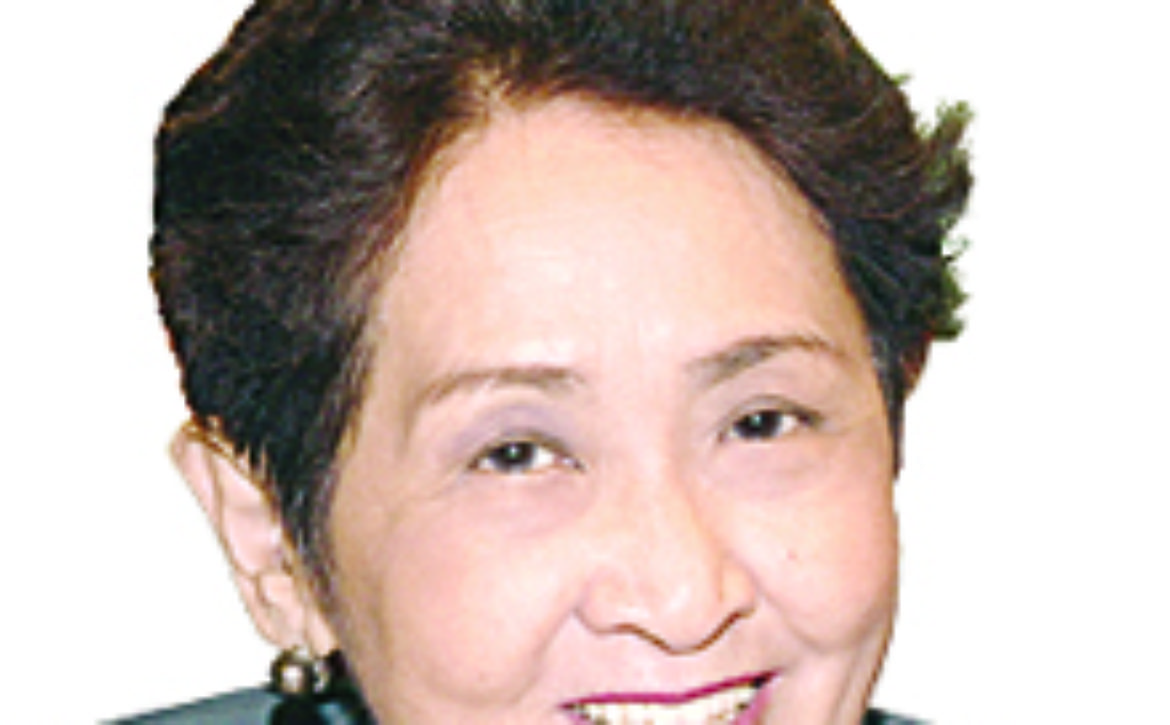
Cooperative values of solidarity, social responsibility tested during pandemic
PAGBABAGO
Dr. Florangel Rosario Braid
We have wondered how this 126-year-old institution (Rizal organized the first cooperative in Dapitan) with its core values of solidarity and caring for others is faring during these pandemic times. My googling which yielded reports from all regions of the country restored my hope and optimism as it proved that indeed, resilience, touted as one important strength of the coop movement, continues to be manifested in the way cooperatives have risen to challenges.
More than economic profit which is the more visible benefit of membership in a cooperative, is the opportunity to be involved in an endeavor that satisfies a higher order need of every human being – that of being able to actively participate in the sharing community.
As the Cooperative Development Authority, the government agency mandated with regulating, providing training and support to the over 18,000 cooperatives (over 10 percent of the total population) all over the country noted, “the passion of the cooperative to be of service to people in the community is overwhelming” Indeed, reports from multi-purpose cooperatives, coops in agriculture, agrarian reform, transportation, credit and marketing, among others, have shown that cooperatives are indeed going an extra mile to serve their members and communities against COVID-19 pandemic. Most responded by answering to basic needs of their members, medical frontliners, and the most vulnerable groups in their communities through various ways.
These include in addition to medical kits (masks and PPEs), food packs, ready to eat meals, sacks of rice, disinfectants, and sprayers. Some like the Valenzuela Development Cooperative in Bulacan, came out with a non-traditional support – providing physical space for a Spiritual Center, where the cooperative organizes daily 30-minute devotions and provides as well a response to prayer requests. It also offers literacy programs, and ways of avoiding fake news such as having a medical doctor serve as a source of information to avoid disinformation about COVID-19 and vaccines.
The financial literacy projects enable members to understand the intricacies of banking in order that they could safeguard their emergency fund deposits.
The Unified Marketing and Services Cooperative of Parañaque Fisherman’s wharf, on the other hand, conducted flushing and disinfection of the entire Wharf to prevent the threat of COV ID-19.
Moreover, the cooperative assists the barangay in enforcing guidelines on curfew and other protocols. This, and donations of knapsack sprayers to barangays by the Integrated Cooperative in Cagayan de Oro are contributions to cooperatives in other regions of the country where assistance through donations of food, cash, patronage refund and payment of interest in share capital as well as community partnership with government in ensuring environmental safeguards, continue to demonstrate the cooperative spirit.
It is interesting to note initial findings of research by the International Cooperative Research Group which showed that cooperatives are making a significant economic difference in the lives of the large majority of its members and are contributing to their general well-being.
The Philippines, according to the study, is perceived as a cooperative leader as the cooperative movement continues to play an important role since it started over a century ago. The most prevalent are multi-purpose cooperatives followed by agriculture cooperatives. Most provide loans and savings services and they enjoy significant tax benefits. Most members are more likely not to be poor but likely to be in the lower or middle class group.
Cooperatives have shown a good record in gender inclusion. Members of cooperatives have greater social capital or trust than non-members. Likewise, cooperatives have greater resilience and their platforms have shown greater financial inclusion.
A key issue however is sustainability. A 1989 study by Leandor Rola noted that among the main reasons for the failure of cooperatives is lack of education and training, lack of capital, inadequate volume of business, lack of loyal membership support, vested interests, weak leadership, mismanagement and lack of government support.
In the early years, from the 70’s to the 90’s most of our cooperatives were small enterprises. The St. Martin of Tours Credit and Development Cooperative in Bocaue, Bulacan was founded by 15 visionary Cursillistas who believed that wealth should be created by allowing people to help themselves. San Dionisio Credit Cooperative Credit Union in Parañaque, organized in 1961 with an initial capital of ₱380 from 28 founding members was inspired by Fr.Walter Hogan. These were the two cooperatives which had been winning awards during that period. Being a millionaire cooperative at that time was unheard of.
Today, the records at the Cooperative Development Authority would show that there are about 20 billionaire cooperatives, among them the ACDI Savings Credit Cooperative organized in 1982 with assets of over ₱33 billion and the Philippine Army Finance Center Producers Integrated Cooperative organized in 1981. These are two of three cooperatives owned by members of the military. Among the 20 billionaire coops are the Cebu CFI Cooperative, PLDT Employees Credit Cooperative Inc., Pangasinan III Electric Cooperative, Cooperative Rural Bank of Bulacan, Novaliches Development Cooperative, First Community Cooperative, Metro South Cooperative Bank, and DSE Cooperative.
Given their proven resilience as compared with other business models, and of how those which have failed have quietly recovered, we are confident that they will continue to survive and prevail.
My email, florangel.braid@gmail.com
Read More


